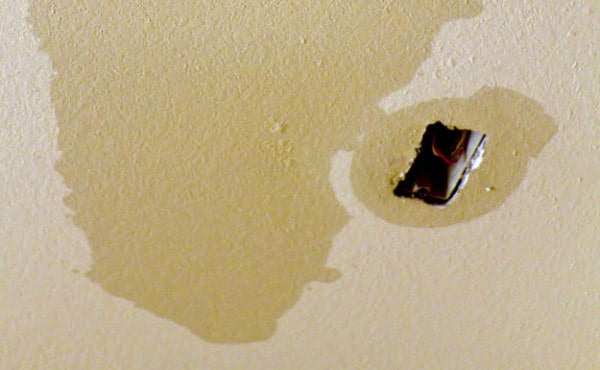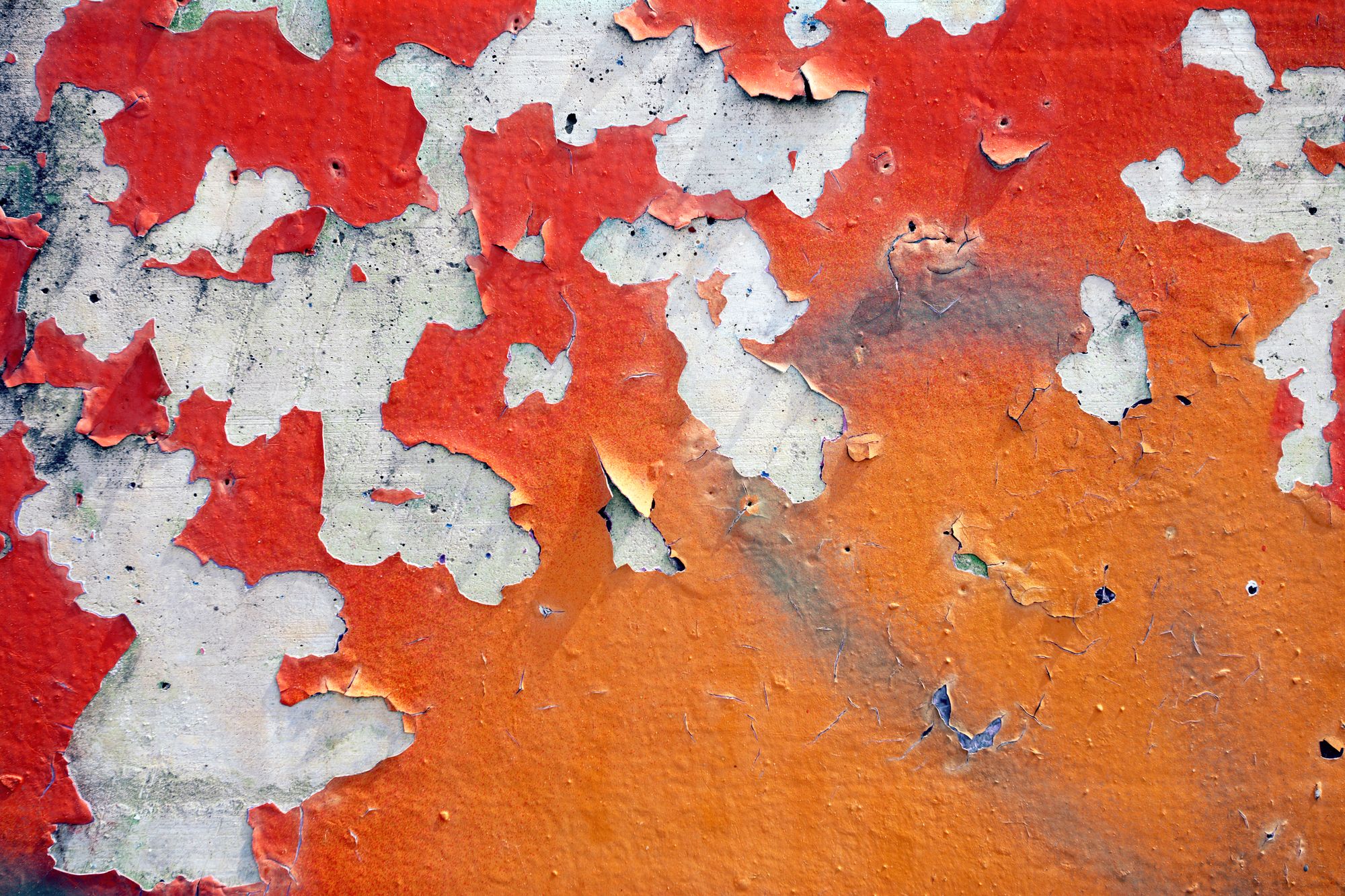Managing Water Stains on Walls: Assessments and Repairs Step-by-step
Managing Water Stains on Walls: Assessments and Repairs Step-by-step
Blog Article
The article author is making several great pointers about How to Remove Water Stains from Walls and Ceilings as a whole in this article on the next paragraphs.

Water spots on wall surfaces are not positive to the eyes. Your home ought to lack discolorations on the walls, roofing, or floorings. That is the ideal state of a home as well as its structures. Occasionally it appears virtually inevitable to experience water stains on walls in homes.
Property owners residing in damp regions regularly take care of the anxiety of water discolorations on wall surfaces. Yet that does not need to hold true for you. With precise as well as all-round info on the reasons for water stains and prompt fixing processes, you will certainly constantly be an action ahead of such incidents. So, this short article promises to be an useful guide for you.
3 Common Causes of Water Discolorations on Walls
As opposed to common belief, water spots on walls do not constantly come from poor structure products. There are a number of sources of water stains on walls. These consist of:
Wet
When hot wet air meets dry cool air, it creates water beads to form on the wall surfaces of buildings. This takes place in shower rooms and kitchens when there is steam from cooking or showers. The water beads can stain the surrounding walls in these parts of your residence as well as infect other locations.
Moist or condensation influences the roof as well as wall surfaces of buildings. When the wall surface is damp, it produces a suitable environment for the growth of germs and fungis.
Poor Drain
When making a building plan, it is crucial to make sure appropriate drain. This will certainly prevent water from permeating into the wall surfaces. Where the drain system is obstructed or missing, below ground moisture builds up. This links to extreme wetness that you see on the wall surfaces of your building.
So, the leading root cause of wet wall surfaces, in this instance, can be an inadequate drainage system. It can likewise result from bad administration of sewage pipelines that run through the building.
Pipeline Leaks
Many homes have a network of water pipes within the walls. It constantly raises the viability of such pipes, as there is little oxygen within the wall surfaces.
Yet, a downside to this is that water leakage influences the wall surfaces of the building as well as causes prevalent damage. A dead giveaway of faulty pipelines is the appearance of a water tarnish on the wall surface.
Pro Idea
A houseplant in your house additionally enhances its moisture. So, if your home is currently moist, you might want to introduce houseplants with minimal transpiration. An example of suitable houseplants is succulents.
Water Stains on Wall: Repair Tips
When dealing with water discolorations, homeowners would generally want a quick fix. Yet, they would quickly understand this is detrimental as the water stains reoccur. Right here are a few handy pointers that will direct you in the fixing of water spots on walls:
Verdict
Although nobody wishes to have water spots on walls in their residence, it can take place to the most effective of us. This post offers you utilize, as you currently know how to handle this mishap if it does occur.
It is always best to hire specialist solutions to aid fix the damages in your house.
Often it seems almost unavoidable to experience water spots on walls in residences.
Contrary to preferred idea, water discolorations on wall surfaces do not always stem from poor building materials. There are numerous reasons of water stains on walls. The water beads can stain the surrounding wall surfaces in these components of your home as well as spread to other areas.
Right here are a few valuable suggestions that will guide you in the repair of water stains on walls:
CHECKING FOR WATER DAMAGE
Water damage can be costly, and it may begin before you even notice the first signs of trouble. Water damage can cause mold and mildew in your walls and floors, which can create an abundance of health concerns for your family. It can also lead to costly repairs of various appliances and general home fixtures. To avoid the pricey consequences of water damage, here are Warner Service’s top 5 places you should check:
The walls – The easiest place to spot the beginnings of water damage is on the walls and ceilings of your home. If water damage is present, there will most likely be water stains, especially around the windows and doorframes, and/or cracks in the drywall. If a stain looks unusual (discolored to brown, black or gray, raised texture), has a swollen appearance or is soft to the touch, contact a professional immediately. The pipes – To avoid water damage, consistently check the pipes in your kitchen (especially the dishwasher and ice maker), bathrooms, laundry room (specifically washing machines) and basement for corrosion, leaks and water stains. Pay special attention to where the pipes connect in your home and the location of caulking around the bathroom fixtures, including toilets, sinks, showers and tubs. Missing or loose caulking and grout could be signs of leaking water. This seepage can also quickly cause mold and rust, so double check your water heater and tank for wet spots on the floor. The floor – Water damage is very easy to spot on the floor. Look for any warping or buckling of the material, especially in the basement. If your home has wood flooring, look for bright white or dark stains. If your home has carpeting, keep it dry and clean. A damp carpet that smells of mold could cause water damage and health problems. To avoid this, consider installing floor pans under your appliances to help prevent damages from small, slow and undetected leaks. The basement and attic – If your basement or attic smells odd check for mold and mildew around the area, especially the valley where the roof meets. While you are inspecting those areas, check for wall cracks, floor stains, rust and dampness in the insulation. If you live in a colder and/or rainier climate, perform routine checks for water damage from melting snow or ice and rain. The exterior – Check the roof for damaged flashing and missing, cracked or curled shingles. There should also be no standing water anywhere outside your home. This could be caused by puddles, leaky rain gutters or hoses, poor drainage, or short gutter spouts. Invest in a sump pump system or water flow monitoring system, and perform routine maintenance on these outdoor appliances to avoid indoor water damage.

As a keen person who reads about How to Remove Water Stains from Walls and Ceilings, I think sharing that piece of content was a good idea. Those who enjoyed our post please do not forget to pass it around. I value reading our article about How to Find and Repair Water Leaking in the Wall.
Instant fix? Dial! Report this page